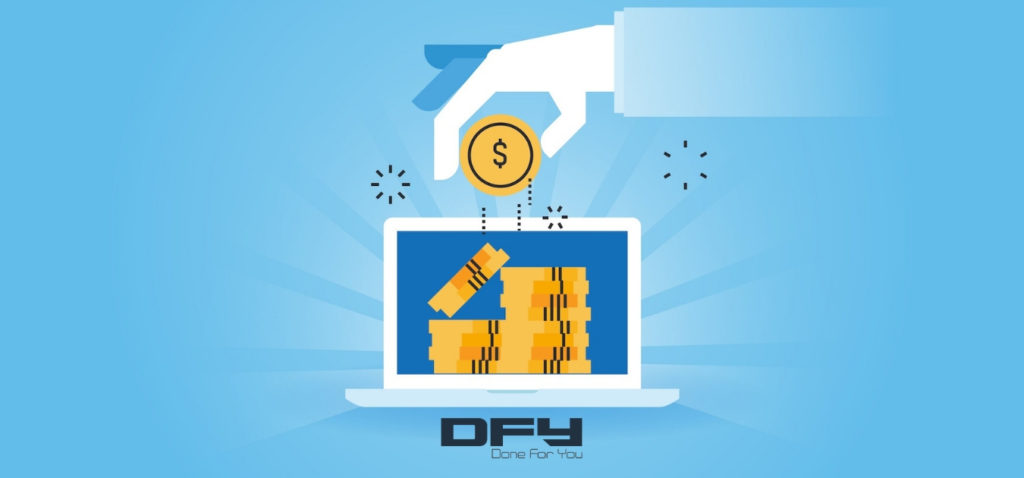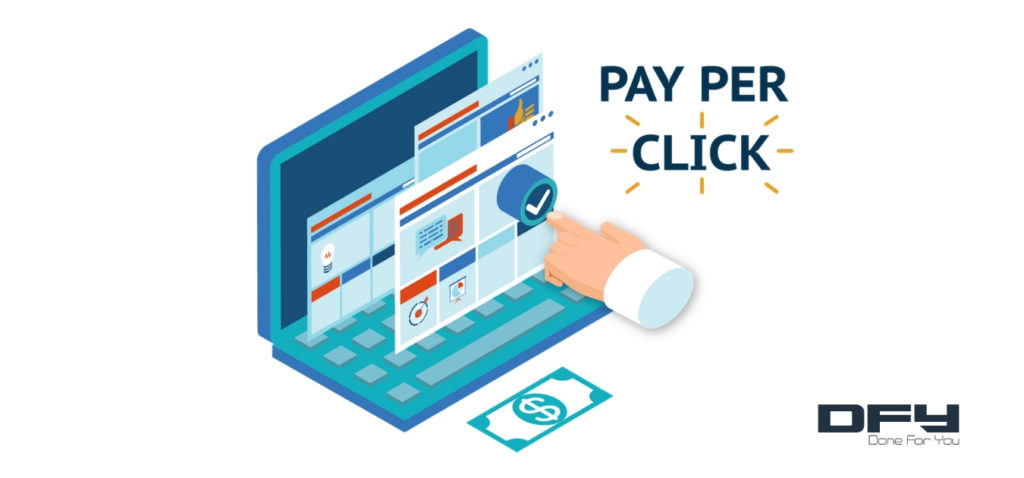You can’t bake half a bread loaf. You can’t get away with rice half-cooked.
If you pick up a gig and leave it halfway, you won’t get paid.
If all of that is true, how do you suppose you can get away with paid traffic campaigns that are not completely implemented?
How is it possible for you to:
- Create just one ad and point it to a website and wait for sales to roll in?
- Launch a random paid traffic campaign on Facebook or Google, throw money at it, and expect it to get you results when your potential audience has no guidance or a workflow to follow?
- How can you make sales when there’s no call to action for your potential audience to follow through?
- How do you get results in the very instant someone clicks on your ad? What were you expecting? That your potential customer sits on a chair with his or her wallet wide open, a credit card in hand, waiting to buy right off of your ad?
- Not everyone buys today and right now. Many people buy later, when the time is right, and when they need your products. So, where’s the pipeline for your business? What happens to everyone who sees your ad but doesn’t take action while your campaign is live?
This is how most paid traffic campaigns are set up.
Be it Google ads, Facebook ads, or LinkedIn ads — most businesses and even full-fledged “ad experts” don’t set up campaigns the right way.
It’s almost embarrassing but it’s no fun to watch a business losing money just because they did not take the time out to set up their campaigns properly.
Here’s how to plan your paid ad campaigns (regardless of the platform):
Ask yourself the right questions

Remember: If you have a crappy product, no amount of advertising can help. Just saying, so this is out of the way.
You don’t think about ads, campaigns, funnels, and landing pages first; you must think about your own business.
Not all businesses are the right fit for either of the leading platforms such as Google and Facebook.
If it costs you $2 per click on Google Ads, your dropshipped products with a profit margin of $12 per product might not be a good fit.
You’ll never make money promoting products with low-profit margins using paid advertising channels. Some business types are not even allowed (firearms, alcohol, etc.). Particular platforms might disapprove your ads if they contain certain words or specific kind of language style.
So, ask yourself:
- What’s the price point at which you sell your products on average? Have multiple products? Calculate this value for each.
- What’s the average profit margin for each product you sell?
- What’s the cost of your customer acquisition? Take all overheads, business costs, cost of producing goods (including ad budgets, actuals spent on marketing tools, etc.) into account.
- What’s the cost of acquiring a lead?
- How many sales should you make to break even and to profit?
- What might be the right platform for marketing your products? Facebook? Pinterest? Google? Twitter?
- What’s that juice offer that you can give away for free to entice your customers?
- What’s the singular action you want your potential customers to take?
- How will you communicate all this on an ad, followed by a landing page, and then followed by a sequence of emails?
Don’t even start your campaigns without answering these questions for yourself or with your team.
Choose your platform

Depending on where you are located, your budgets, products, and by taking all of your answers (above) into consideration, you’ll now have to choose one or more platforms for paid traffic campaigns.
Facebook is passive advertising and works great for practically all kinds of business, but it’s even better for B2C type of businesses. If you sell products that individuals can buy (including events, entertainment, tickets, etc.) or if you are launching completely new products within a new niche, Facebook is where you should advertise.
Google is more intent-based and works great for all businesses that people might be looking for by using search.
Pinterest is more image-driven and Twitter or Quora is best if the niche you are in brings out a lot of conversations among social communities.
Perry Marshall has handy tools to help you decide which platform (at least between Google and Facebook) might be the best fit for your business.
Google Ads Scorecard
Is FB For Me?
Just a point to note: You can test out any number of platforms available to see what works for your business and what doesn’t.
Here’s a much more detailed guide on when to use Google or Facebook
In fact, if you wanted to up your game, you could certainly use both Google and Facebook to make the most out of both the platforms.
Create your paid traffic campaigns

Ads are always created in pairs.
Not 12 or 15. Not just 1.
When Ads are in pairs, it’s easier to split test your ads (or A/B testing as it’s called). Now, not everything has to be tested.
Also, you’d need enough data to come to any meaningful conclusions from your tests, assuming you started out by testing the right things and with a viable hypothesis.
When there are two ads pitted against each other, it’s easier to see what’s working and what’s not.
Build landing pages or funnels to match your ads
Don’t point ads to your website — there’s just no point in doing that. There are way too many distractions on your website or e-commerce store and people clicking through ads to reach your website don’t have the patience to browse through every page on your website.
Eliminate distractions by pointing traffic to a landing page, multiple landing pages in sequence, or sales funnels.
This way, you’ll be able to match the offer on the ad with the right copy on your landing page, allow your audience to take action (such as signing up for your offer), and then have an opportunity to nurture your audience.
Link up email marketing or messenger bots
If you think setting up funnels and landing pages is a complex affair, you have the new age methods of sending people straight to a conversation by using Facebook messenger chatbots.
Using Facebook Chatbots allows you to automate parts of the conversation, help build a separate and dedicated list of Facebook Messenger subscribers (to whom you can send out regular messages, promotional campaigns, and more).
Finally, you may also use other live chat software on your website or landing pages.
For instance, you can use Drift to instantly engage with your website visitors. Or you could use Freshmarketer, Intercom or GoSquared.
How you really connect the dots is up to you, and also depends on your business, but you can see that your campaign isn’t just based on the ads by themselves.
There’s a full sales machinery at work here beyond the click, so to speak.
Tracking & analytics
You’d want to make the most use of Google Analytics (and other analytics tools you’d be using) in combination with your traffic sources (such as Google Ads and Facebook Ads).
To do that, the most basic tracking you should be using is UTM (Urchin Tracking Modules) which produce a messy tracking link on top of your main landing page link or website URL link that you’ll use for your ads.
Use this free UTM builder or UTM.io to create your tracking links for absolutely everything — from the links you use for your ads all the way to regular links you might place within your blog posts and other places online.
Be sure to link your Google Ads to Google Analytics and use UTM links to track incoming traffic from Facebook to see all the incoming data within Google Analytics after your campaigns go live.
Without this, you’ll have a hard time trying to figure out where your leads and/or sales come from.
This is the basic setup you need to make your paid traffic campaigns to work. Without doing this work up front, don’t expect your ads to perform as well you expect them to. Too many businesses and agencies miss out on this setup and hence don’t perform.
We know that paid traffic management such as Google Ads management or Facebook ads management is a full-time job.
If you’d rather focus on your business and let professionals handle paid traffic campaigns for you, fill out this form and we’ll discuss the best way forward.